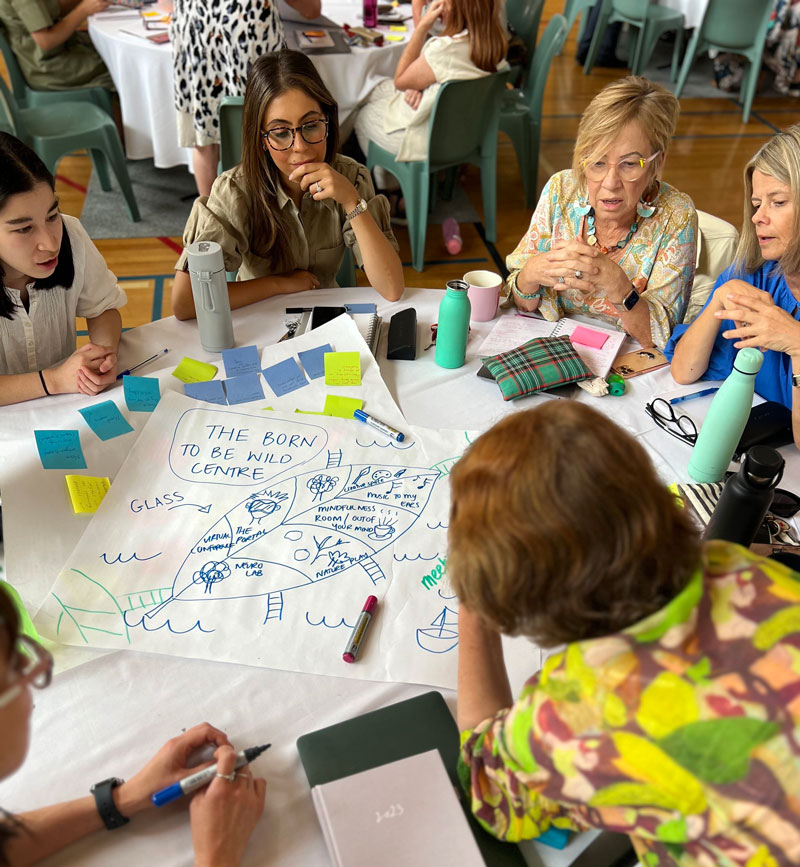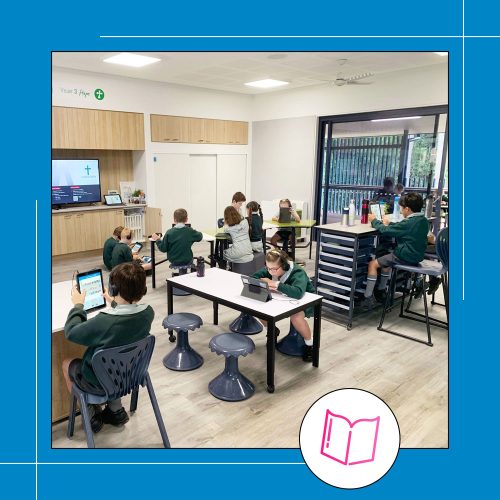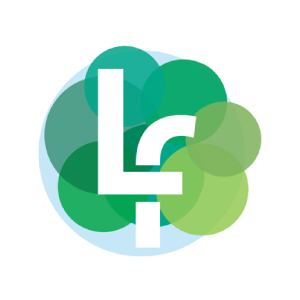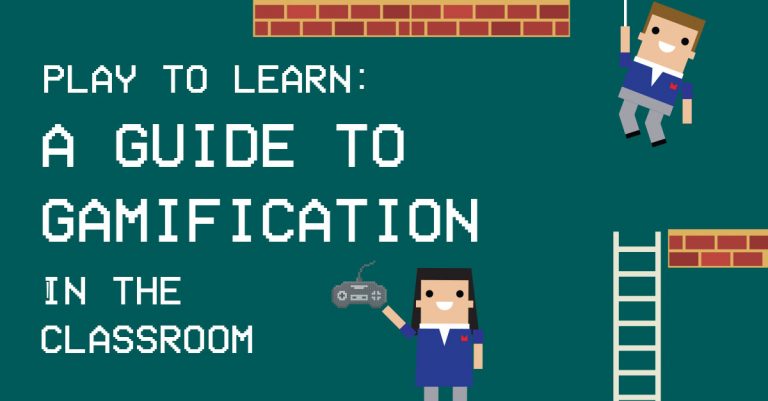The world is changing faster than we can fully conceive, and education is right at the heart of this transformation. From the rise of artificial intelligence (AI) to the influence of social media, the future isn’t waiting politely outside school gates—it’s rushing in with the energy of an enthusiastic six-year-old, excited by all the possibilities ahead. Instead of fearing the complexity that lies before us, we have a unique opportunity to rethink learning, teaching, and school design to better serve today’s students and future generations.
At The Learning Future, our mission is to cultivate a world of thriving learners by helping leaders envision and lead for the future. Keeping up is no longer enough, nor is improving an outdated industrial paradigm. Instead, we need to identify trends and practices that enable schools to be bold, innovative and life-giving in their approach. This means looking ahead through foresight and reflecting on how to cultivate environments and design experiences for a fully-human education – one quite different from the one we know. So how do we start thinking about the future of education in ways that are visionary but also practical?
The AI Revolution: Lessons from the Present
November 30, 2022, marked a significant turning point: artificial intelligence became accessible to the world through ChatGPT. In a matter of days, more than 100 million people had signed up, greatly surpassing the early growth of platforms like Facebook, Instagram, and Netflix. While AI’s capabilities have transformed how we generate text and images, we’ve also quickly discovered its limitations. Inaccuracies and occasional “hallucinations” remind us that AI, while powerful, is still evolving—and so are our responses to it.
Schools, meanwhile, face broader implications from the rise of phones, social media, and AI technologies. Jonathan Haidt’s book, The Anxious Generation: How the Great Rewiring of Childhood is Causing an Epidemic of Mental Illness, has become essential reading for educators and parents alike. Haidt highlights the foundational harms of social media: sleep deprivation, social isolation, attention fragmentation, and addiction. These challenges aren’t going away, and schools are feeling the impact daily.

Embracing the Future: Three Key Perspectives
To address these challenges, we need to take a fresh look at how we approach education. At The Learning Future, we highlight three core perspectives when working with schools:
- Reimagine What’s Possible: The future offers us countless opportunities, but to seize them, we need to be open to reimagining education itself. Bold, visionary thinking is essential and requires challenging our mental models.
- Prioritize Human-Centered Skills: Alongside academics, we must prompt skill development in our young people that make them adaptable, resilient, and creative. Agency, belonging, creativity, discernment and embodiment (our Learning Future alphabet) are becoming critical underpinning concepts.
- Adopt a Strategic Ecosystem Approach: School transformation doesn’t happen in isolation. It’s an ecosystem of interdependent elements—student experience, workplace culture, organizational systems, and the physical environment. A holistic strategy is key to lasting change.
The Cone of Possibilities: Thinking Big About the Future
When faced with an uncertain future, it’s tempting to play it safe—either sticking with the status quo or making only small, incremental changes. But the Cone of Possibilities (Voros, 2003) tells us that playing it safe limits our potential to imagine bigger, bolder futures. Rather than staying in the probable or plausible, we must dream bigger. Through a strategic process, schools can identify and pursue preferred futures, ones that break away from traditional constraints and create new pathways for learning.
At The Learning Future, we know that human-centered skills—agency, belonging, creativity, discernment and embodiment—are fundamental for future success. It’s not enough to focus solely on content in curricula. Students must have environments where their voices are heard, where they feel they belong, and where creativity can flourish. Technology, while critical, is not a replacement for the uniquely human capacities that will set students apart in the future. AI will only get better at handling routine tasks, but creativity, emotional intelligence, and critical thinking will become even more valuable.
A Holistic Strategy: Transforming Schools for the Future
So how do we develop a future-ready strategy? In our work with schools, we apply the quadrant framework—a comprehensive model that focuses on:
- Student Experience: Crafting a vision for what students need in a rapidly changing world.
- Workplace Culture: Aligning school culture to foster collaboration and innovation.
- Organizational Systems: Ensuring systems and structures support the vision and goals.
- Physical and Material Environment: Designing flexible spaces that enhance learning.
Schools are not machines that can be fine-tuned by adjusting one part. They are complex adaptive systems, more like a living ecosystem than a mechanical structure. In this ecosystem, every element affects the others—student experience influences workplace culture, which in turn affects organizational systems and the design of learning spaces. Adopting this holistic view is essential to achieving successful and sustainable transformation.

Conclusion: Shaping the Future of Education
As educators, we stand at the threshold of an exciting but challenging future. By embracing new possibilities and focusing on human-centered paradigm and skills, we can recognise the deep humanity our students need for a world very different from today. While the path forward may be unclear, that’s what makes it so full of potential. At The Learning Future, we are passionate about guiding schools through this journey, helping develop strategies that don’t just adapt to change but actively shape it. Together, we can create learning environments that inspire and equip students for the future.
Let’s start imagining what’s possible.













